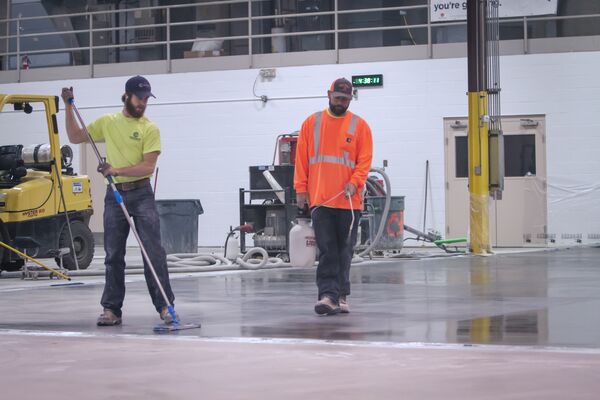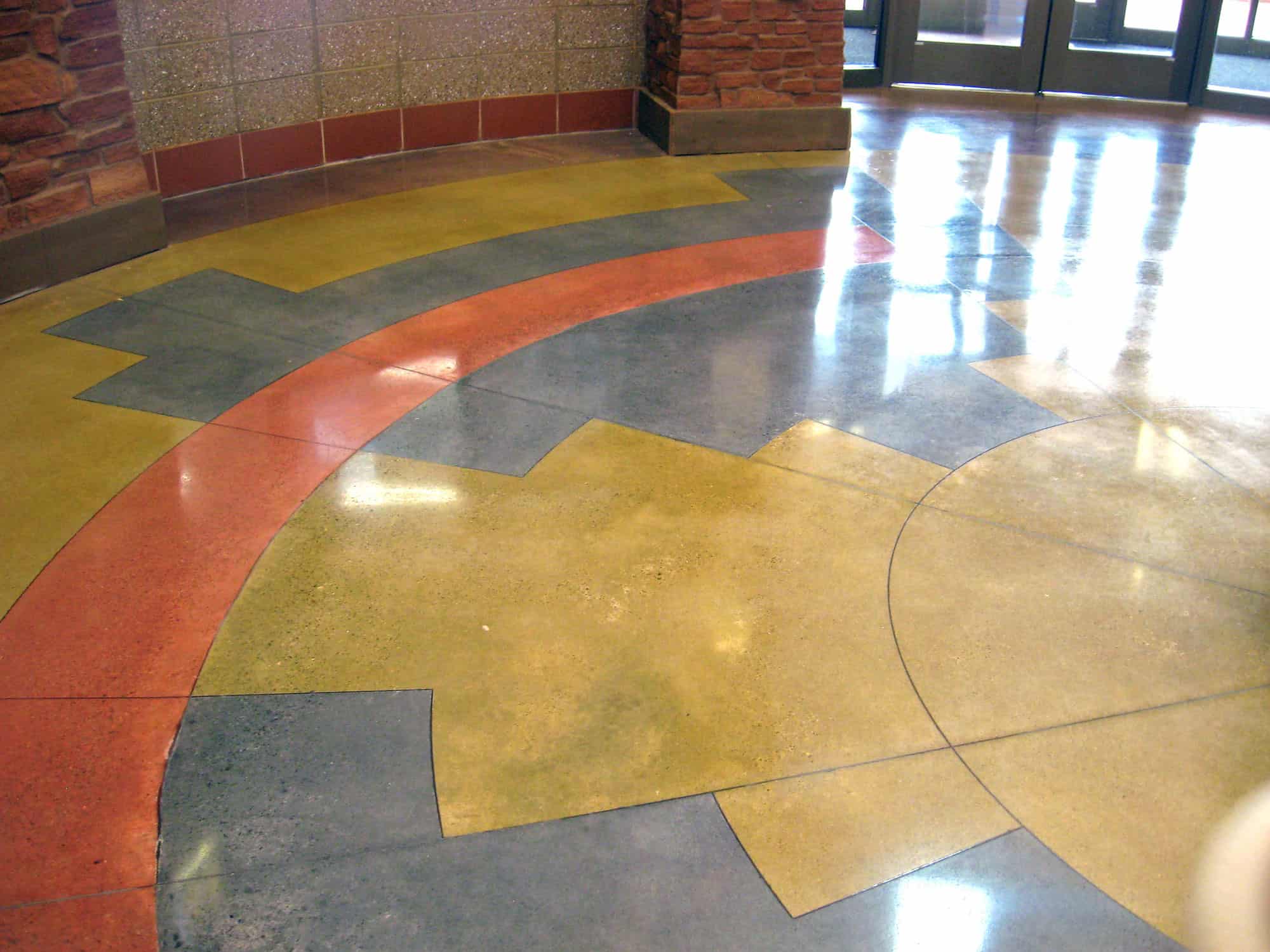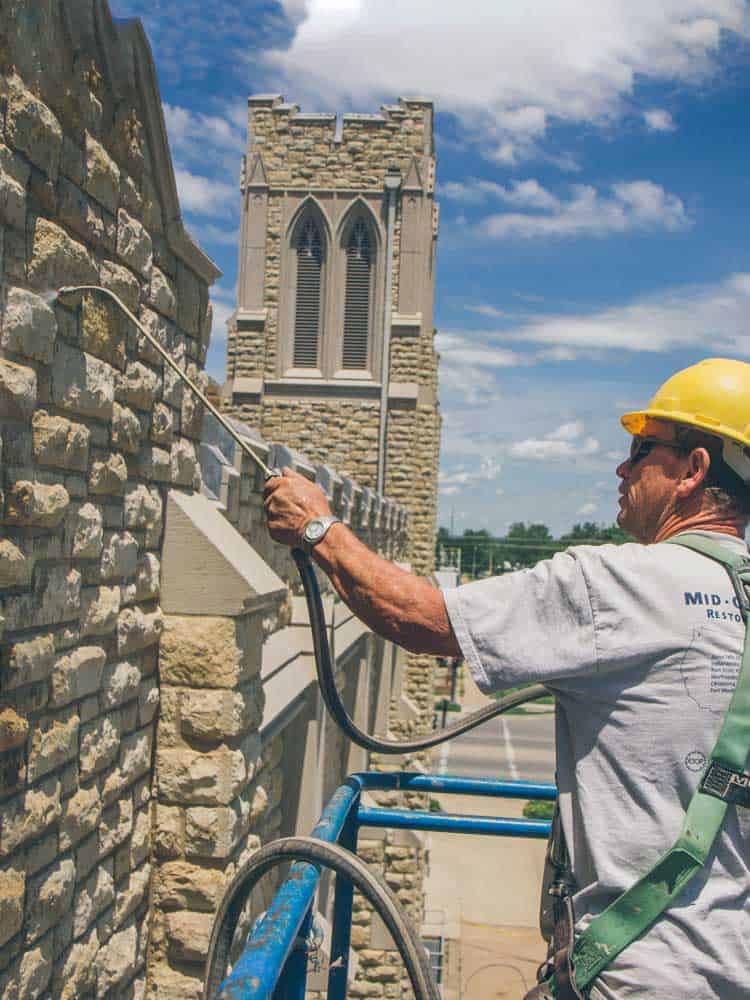Cement plays a defining role in construction durability and performance. Understanding the behavior of each cement class helps teams match mixes to project conditions. This guide examines 15 common types of cement and when each one should be used.
How Cement Types Differ in the Field
Not all cement behaves the same once applied to real-world conditions. Differences in mineral content, hydration rate, and additive use affect how each mix sets, bonds, and holds up over time. The following sections break down each cement type by jobsite behavior, use case, and any critical handling requirements. These are not theoretical properties—they directly influence structural performance, surface finish, and longevity.
1. Low Heat Cement
Low heat formulations reduce the internal temperature rise during hydration. These mixes are used in mass concrete placements where thermal gradients can cause cracking. Bridge piers, dam walls, and thick foundation mats benefit from slower reaction rates that maintain structural stability.
Why Low Heat Formulas Reduce Thermal Stress
These mixes contain lower percentages of tricalcium aluminate and silicate, which slows hydration and minimizes internal temperature spikes. This helps control thermal expansion differentials between core and surface zones in large structural elements.
Where to Specify Low Heat Cement
Projects with large volume pours—such as retaining walls, footings, gravity dams, or mat foundations—benefit from these blends. The reduced heat generation helps prevent delayed ettringite formation and internal cracking during early strength gain.
2. Rapid Hardening Cement
This cement variant gains early strength faster than OPC due to finer grinding and increased silicate content. It allows forms to be stripped earlier and supports fast project turnover. However, its accelerated hydration demands precise curing controls to prevent surface cracking or internal shrinkage.
How Rapid Strength Gain Impacts Application
Rapid hardening cement reaches significant compressive strength within 24 to 72 hours. That speed enables earlier loading and faster form cycling on construction schedules. However, the heat released during hydration increases risk of thermal cracking in thicker pours or in hot-weather placements.
When to Use Rapid Hardening Mixes
This cement is ideal for precast panels, repair work, or cold-weather pours where time-sensitive strength development is critical. Teams often use it in road patching, structural retrofits, and form-intensive builds that benefit from earlier turnover or traffic opening.
3. Ordinary Portland Cement (OPC)

Ordinary Portland Cement is the industry default for structural and architectural applications. It hydrates predictably and gains strength within a standard timeframe. However, OPC lacks resistance to chemical attack or extreme temperature conditions. It performs best in low-sulfate environments with controlled moisture exposure.
How OPC Behaves on Site
OPC sets at a moderate rate and offers consistent early strength gain when environmental conditions are stable. Its hydration process is well-documented and predictable, which makes it easy to schedule formwork removal and subsequent construction phases. The mix is sensitive to freeze-thaw exposure if not properly cured.
Where OPC Should Be Used
This type of cement is suited for load-bearing slabs, beams, columns, and general-purpose foundations in temperate or controlled interior environments. OPC is typically selected when sulfate levels are low, curing conditions are manageable, and high-performance resistance isn’t required.
4. Sulfate-Resistant Cement
Sulfate-resistant cement contains reduced tricalcium aluminate, limiting the internal expansion caused by sulfate ion reactions. It performs well in marine exposure, groundwater contact, or areas with chemical-laden soils. Selecting this blend reduces long-term cracking and preserves bond integrity under harsh conditions. These blends are among the most chemically durable types of cement used in water-facing infrastructure.
How Sulfate Resistance Protects Cement Integrity
Tricalcium aluminate reacts aggressively with sulfates in soil or water, forming expansive compounds that crack the matrix. By minimizing this phase, sulfate-resistant cements slow degradation and improve dimensional stability over time.
Where Sulfate-Resistant Cement Performs Best
Use this type in wastewater treatment plants, basements in high water tables, submerged piers, and structures exposed to seawater spray or industrial runoff. It's also preferred in agricultural or landfill sites with high organic activity and acidic groundwater.
5. Expansive Cement
This formulation slightly expands during early curing, counteracting drying shrinkage.
Use in Anchoring and Joint Control
Expansive cement is used for grouting anchor bolts, post-tensioning ducts, and structural joints. It creates a tight fit without relying on mechanical expansion.
Application Requirements
Forms must resist movement, and batch timing must be closely controlled. Over-confinement or premature stripping can disrupt expansion behavior.
6. Shrinkage-Compensating Cement
This blend includes additives that expand during hydration but stabilize afterward. Unlike expansive cement, it’s designed to offset drying shrinkage in slabs, basements, and watertight tanks. These mixes require well-prepared bases, moisture retention measures, and proper spacing of joints.
How It Differs from Expansive Cement
Shrinkage-compensating cement expands early but stabilizes before the final set. The goal is to neutralize drying shrinkage, not to apply pressure or tension like expansive blends. It minimizes cracking in restrained slabs and helps maintain watertight integrity in flatwork and containment structures.
Typical Use Cases for Shrinkage-Compensating Cement
These mixes are commonly specified for below-grade foundations, water tanks, and structural slabs exposed to moisture cycling. When used with surface treatments such as PROSOCO’s Consolideck LS or DensiKure, they retain long-term density and reduce moisture ingress that could trigger shrinkage-related stress.
7. White Cement
Used in aesthetic applications, white cement features low iron and manganese content. Its clean base allows for customized coloring and exposed decorative finishes. PROSOCO’s breathable sealers are frequently used on white cement surfaces to preserve brightness and prevent contamination from atmospheric dust or site debris. Curing still requires strict moisture retention to avoid visible shade variation or surface blotching.
Why White Cement Demands Careful Curing
Without controlled moisture during curing, white cement is prone to blotching and uneven tone development. Its reflective finish also highlights any curing errors or surface residue, making treatment consistency essential.
When to Use White Cement in Decorative Applications
White cement is ideal for precast panels, ornamental façade elements, polished concrete floors, and integrally colored flatwork. Projects focused on visual uniformity or high-end architectural appeal often specify this type to maximize finish clarity.
8. Blast Furnace Slag Cement
This blend includes ground granulated blast furnace slag, which reacts over time to form a dense, durable matrix. It's widely used in tunnels, deep foundations, and infrastructure exposed to sulfate or chloride. Long curing periods and controlled moisture exposure are critical for this type of cement, especially when deployed in subgrade applications.
Why Slag Reactivity Is Delayed
Ground granulated blast furnace slag reacts more slowly than OPC, especially in cool or dry conditions. It relies on sustained moisture and temperature control to achieve full pozzolanic activation. Without these conditions, strength development and bond integrity may be compromised.
Where Slag Mixes Outperform OPC
Slag cement performs well in sulfate-rich soils, aggressive groundwater, and chloride-laden environments like tunnels or marine structures. Its long-term strength gain and dense microstructure reduce permeability and extend service life. These types of cement are often selected for infrastructure exposed to moisture intrusion or chemical attack.
9. Pozzolanic Cement
Pozzolanic cement incorporates siliceous materials that react with calcium hydroxide during hydration.
Improved Density and Durability
The pozzolanic reaction forms secondary calcium silicate hydrate, increasing resistance to chemical attack and reducing permeability. This process continues over an extended curing window, often producing greater durability than OPC.
Common Applications for Pozzolanic Blends
These mixes are suited for sewer infrastructure, coastal slabs, and chemically aggressive sites. The slower strength gain makes them ideal for large placements with long service timelines. For enhanced surface hardness and consistent moisture retention during the long curing window, crews often apply PROSOCO DensiKure® or comparable lithium-silicate densifiers.
10. High-Alumina Cement
High-alumina cement offers exceptional resistance to heat and chemical degradation. It’s commonly used in refractory settings, chemical plants, or industrial floors. However, it is sensitive to conversion reactions under moist conditions, which reduce long-term strength. Careful storage and strict mix controls are essential.
Why High-Alumina Mixes Resist Corrosive Environments
This cement contains high percentages of alumina and calcium aluminate, which form stable compounds under thermal and chemical stress. These features make it ideal for installations exposed to aggressive substances, such as sulfates, acids, or high-temperature exhaust.
Where High-Alumina Cement Is Applied
Common uses include furnace linings, industrial kilns, acid-resistant floors, and chemically exposed containment structures. Due to its rapid strength gain and extreme durability, it’s also used in emergency repairs or structural retrofits where downtime must be minimized.
11. Colored Cement

Pigments are added during grinding to produce through-body coloration. Iron oxide, chromium, or cobalt compounds create consistent tone without surface coating. Colored cement is ideal for decorative flatwork, pavers, or exterior panels where wear resistance and long-term color hold are critical. Decorative concrete contractors often pair these mixes with PROSOCO’s LS or LSGuard® to protect pigment clarity while improving abrasion resistance.
How Colored Cement Achieves Long-Term Color Hold
Unlike surface stains or coatings, colored cement integrates pigment throughout the mix. This internal dispersion resists fading, wear, and surface damage over time. It also eliminates concerns about peeling or flaking.
Where Colored Cement Adds Architectural Value
This type of cement is frequently used in stamped concrete, decorative overlays, public plazas, and branded hardscapes. When combined with high-performance sealers, it maintains color intensity under UV exposure and foot traffic.
12. Hydrophobic Cement
This blend includes ground granulated blast furnace slag, which reacts over time to form a dense, durable matrix. It's widely used in tunnels, deep foundations, and infrastructure exposed to sulfate or chloride. Long curing periods and controlled moisture exposure are critical for this type of cement, especially when deployed in subgrade applications.
Why Slag Reactivity Is Delayed
Ground granulated blast furnace slag reacts more slowly than OPC, especially in cool or dry conditions. It relies on sustained moisture and temperature control to achieve full pozzolanic activation.
Where Slag Mixes Outperform OPC
Slag cement performs well in sulfate-rich soils, aggressive groundwater, and chloride-laden environments like tunnels or marine structures. Its long-term strength gain and dense microstructure reduce permeability and extend service life.
13. Air-Entrained Cement
Air-entrained mixes include additives that form microscopic air bubbles. These voids allow water to expand during freeze-thaw cycles without damaging the matrix. It’s commonly used in sidewalks, roadways, and bridge decks in cold climates. Crews must monitor air content and adjust water levels to maintain strength. In freeze-thaw zones, combining air-entrained mixes with compatible surface sealers—like those in PROSOCO’s Consolideck® product line—can extend service life and minimize moisture ingress at joints and edges.
How Air Voids Protect Concrete
Microscopic air pockets reduce internal stress by giving water room to expand during freeze-thaw cycles. Without these voids, freezing moisture exerts pressure that cracks the cement matrix from within.
When to Specify Air-Entrained Mixes
Air-entrained cement should be used in cold-climate placements exposed to deicing salts or frequent wetting and drying. Bridge decks, sidewalks, curbs, and parking lots benefit from reduced freeze-thaw damage and lower maintenance costs.
14. Oil Well Cement
Oil well cement is formulated for high-pressure, high-temperature settings underground. It maintains pumpability and sets reliably in downhole environments. This blend requires specialized pumping gear and close control of batch timing. It’s not suitable for surface-grade use.
Applications in Subsurface Energy Work
Oil well cement is used to cement casing strings, seal annular gaps, and stabilize boreholes in oil, gas, and geothermal wells. It helps isolate production zones, prevent blowouts, and protect groundwater by sealing the wellbore.
Conditions That Demand Specialized Mixes
These types of cement must withstand elevated temperatures, hydrostatic pressure, and long pump durations. Additives are often used to extend set time, improve thermal resistance, or control fluid loss in deep formations. Rig crews must adjust slurry properties based on well depth, temperature gradients, and expected chemical exposure.
15. Masonry Cement

Masonry cement includes plasticizers that improve trowelability and reduce water separation. It's designed for brickwork, block laying, and stone veneer. Although it doesn’t carry structural loads, it creates strong bonds with unit masonry and retains water for consistent setting. Unlike structural mixes, these types of cement are selected for workability and bond consistency rather than compressive strength.
What Makes Masonry Cement Workable
Plasticizers increase cohesiveness and reduce the need for retempering. The mix holds on the trowel longer, spreads evenly, and resists sagging on vertical applications—making it ideal for high-efficiency masonry installs.
Common Masonry Applications and Treatments
Masonry cement is used on commercial façades, interior partitions, and load-relieving veneers. While it doesn’t require densification, vertical surfaces finished with this type of cement often benefit from breathable surface protection like Sure Klean® Weather Seal Siloxane PD to prevent wind-driven rain or efflorescence in exposed locations.
Match Cement Type to Jobsite Demands
Each of the types of cement listed above responds differently under real-world conditions. Jobsite performance depends on choosing the correct blend and applying it with precision. Soil chemistry, temperature swings, water exposure, and design loads all dictate the right mix. Regardless of mix design, surface treatments like densifiers, sealers, and pH-balanced cleaners from PROSOCO help ensure that each placement performs as intended.
Protect Your Concrete Investment with PROSOCO Surface Treatments
Cement mix selection is only one part of a durable slab. PROSOCO provides densifiers, sealers, and curing products that support long-term performance across all types of cement. Contact us today for more information.